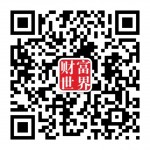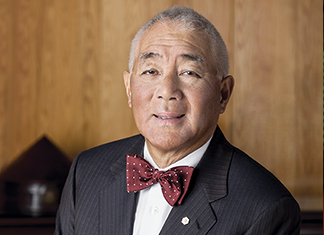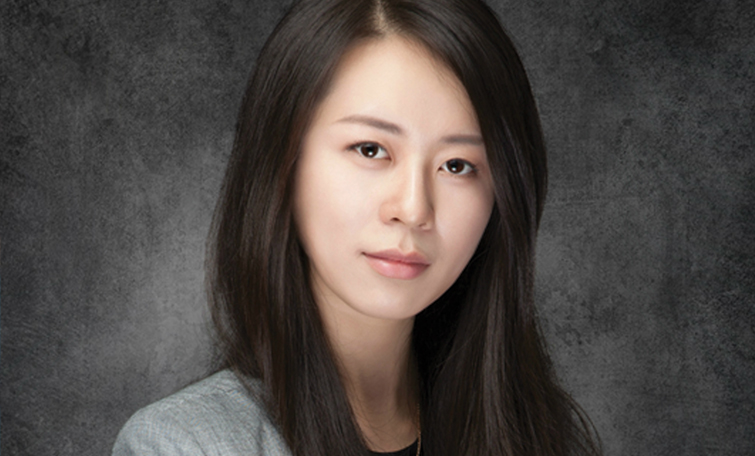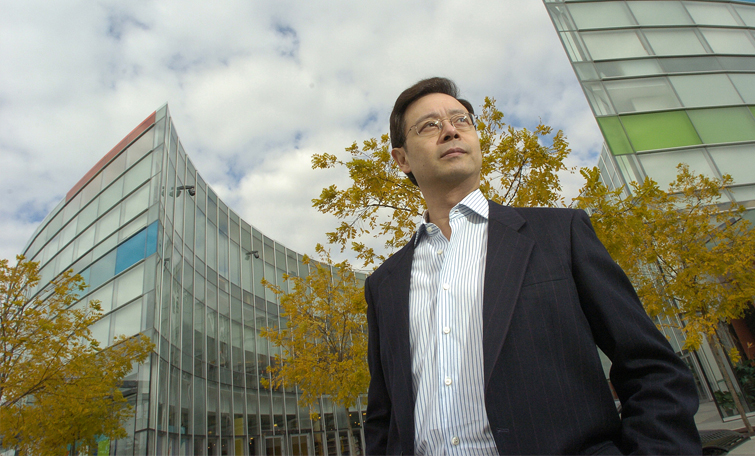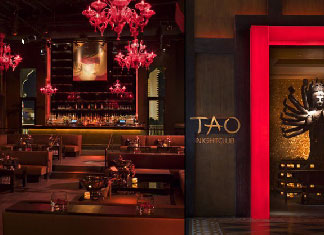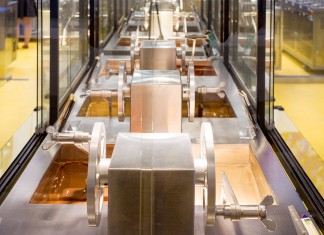Technology M&A at Dizzying Heights Not Seen in 15 Years
- Caifu Magazine | by Caifu Global
- EN

By: Blake Friesen
| Mergers and acquisitions in the technology sector are keeping corporate bankers and consultants remarkably busy this year. Although 2015 is not over, the M&A value in the sector has surpassed the values of all previous years, bar 2000 when AOL and Time Warner merged in a US$160-billion deal. By the end of August, according to Ernst & Young’s Global Technology M&A Report, the year-to-date value of M&As has reached US$253.6-billion, 7 percent higher than the full year of 2014. By the end of September, the value of M&As for the year climbed to US$272.2-billion. |
Asia in particular has contributed to the rise in M&A activity. A third quarter report by the Merger Market Group calculated that China accounted for 288 deals worth US$62.2-billion. This includes a plan for Jason Jiang’s Focus Media Holding Ltd., a Shanghai display advertising firm, to list on the Shenzhen Stock Exchange by completing a reverse takeover of Hedy Holding Company in a deal valuing Focus at US$7.2-billion. Should this backdoor listing transaction occur, it will mean Mr. Jiang and his private equity investors, notably the Carlyle Group and Fosun International Ltd., made the right decision in May 2013, when they decided to take Focus private and delist its shares from Nasdaq in one of China’s largest leveraged buyouts. At that time, the going-private transaction valued Focus at US$3.7-billion.
Closing the reverse takeover may become more difficult following recent news that Focus and Mr. Jiang have agreed to pay a combined US$55.6-million to resolve charges that they withheld critical information from investors relating to the 2010 sale of its Internet advertising business. They did not admit to any wrongdoing, but these settlements can sometimes cause investors to shirk their commitment to invest and look elsewhere.
The remaining months in the year could yet see several blockbuster Chinese deals, notably a possible US$15-billion merger of competitors Meituan and Dianping, China’s two largest group-buying and restaurant-rating online services. For those unfamiliar with these goliath tech firms, Meituan is often referred to as Groupon for China while Dianping is similar to Yelp (Dianping was founded earlier than Yelp so technically Yelp should be considered the Dianping for the U.S.). For now, neither Meituan’s parent company, Tencent Holdings, nor Dianping’s parent company, Alibaba Holdings, have confirmed the deal, but with the Wall Street Journal and the Chinese state-run news service, Xinhua, speculating on the deal, this deal probably has some legs on it.
A more concrete high-profile deal with a Chinese firm was announced last June when state-owned China Mobile Ltd. agreed to acquire an 18 percent interest in True Corp., a telecom company in Thailand controlled by billionaire Dhanin Chearavanont. China Mobile, which has more than US$70-billion cash in its treasury, will pay US$881-million for the interest. This was the first deal to happen in Thailand following a military coup in May. It is a small start to China Mobile’s plan to expand in other markets. True Group has about 29 million subscribers for all of its services, including 3G and 4G mobile, fixed-line broadband, WiFi and pay TV, while China Mobile is the world leader by number of subscribers with 785 million.
Earlier this year, in February, Didi Dache and Kuaidi Dache, the creators of China’s two best-known taxi-hailing apps, agreed to merge in a US$6-billion deal. Combined, 99 per cent of all taxi rides booked using an app in China are made using either Didi Dache or Kuaidi Dache.
The merged company, now called Didi Kuaidi Joint Co., has since invested in other ride services. In September, for example, it invested US$100-million in Lyft, a U.S. ride-share company. It was a strategic sale for Lyft, which aims to expand its market share in China, despite reports speculating that government regulators might curb expansion of the ride-share industry in China. Not stopping there, Didi Kuaidi also recently participated in a US$225-million round of financing recently completed by Ola Cab, the largest online taxi aggregator in India with operations in 85 cities. Didi Kuaidi did not disclose the precise amount it invested in Ola, which claims to have over 100,000 drivers completing over 750,000 rides a day in the country.
The largest M&A deals this year have still come from the U.S. Last May, for example, Avago Tech launched a US$37-billion bid for Broadcom, a fabless semiconductor company in California, in a deal that will value the combined company at about US$77-billion. The companies hope to get approval from shareholders and regulators in time to close the deal by the end of the first quarter of 2016.
Avago is a global supplier of analog semiconductors for wireless communications, storage devices, wired infrastructure and industrial products, while Broadcom is a Silicon Valley darling best known for its connectivity chips used in smartphones made by both Apple and Samsung Electronics. Should this deal close, the merged company will be the third-largest U.S. semiconductor supplier, trailing only Intel and Qualcomm.
Consolidation in the semiconductor sector this year started with Dutch chipmaker NXP Semiconductors NV bidding US$11.8-billion in cash and stock for U.S. rival Freescale Semiconductor Ltd., the former semiconductor arm of Motorola. NXP says the deal will allow it to increase its market share in chips for cars and reduce costs. In October, NXP confirmed that it is on track to secure approval from regulators and it still expects to close the merger in the fourth quarter.
Other noteworthy semiconductor mergers this year include Intel’s $16.7-billion acquisition of Altera. This is Intel’s largest buyout since its incorporation 47 years ago. The companies have already received clearance from the U.S. and the European Union to go ahead with the merger.
Less monumental but still significant acquisitions this year arrived from Microsoft and Under Armour. Microsoft, in its effort to enhance its line of mobile apps, acquired a Berlin startup called Wunderlist for between US$100-million and US$200-million. Wunderlist is a popular to-do list app and the firm’s largest shareholders include Sequoia Capital, a U.S. venture capitalist, as well as Atomico and Earlybird Capital GmbH, two European venture capital investors.
Under Armour, meanwhile, acquired the incredibly popular calorie counting and food tracking app, MyFitnessPal, for US$475-million. Kevin Plank, the chief executive officer of Under Armour, said of the acquisition, “One thing we emphatically know is that the more they work out, the more apparel and footwear they’re going to ultimately buy.” MyFitnessPal had between 80 million users last February when Under Armour first reported the acquisition, but that number has since hiked north of 90 million.
Going forward, most analysts anticipate M&A activity in the tech sector will continue. Russell Thomson, an M&A specialist and a partner at Deloitte, contributed to a report that says M&A activity, propelled to its dizzying heights by private equity firms, will keep corporate bankers busy for the rest of 2015. Other reasons behind this year’s frenzy include corporate cash on hand, continued low interest rates and a growing economy.



